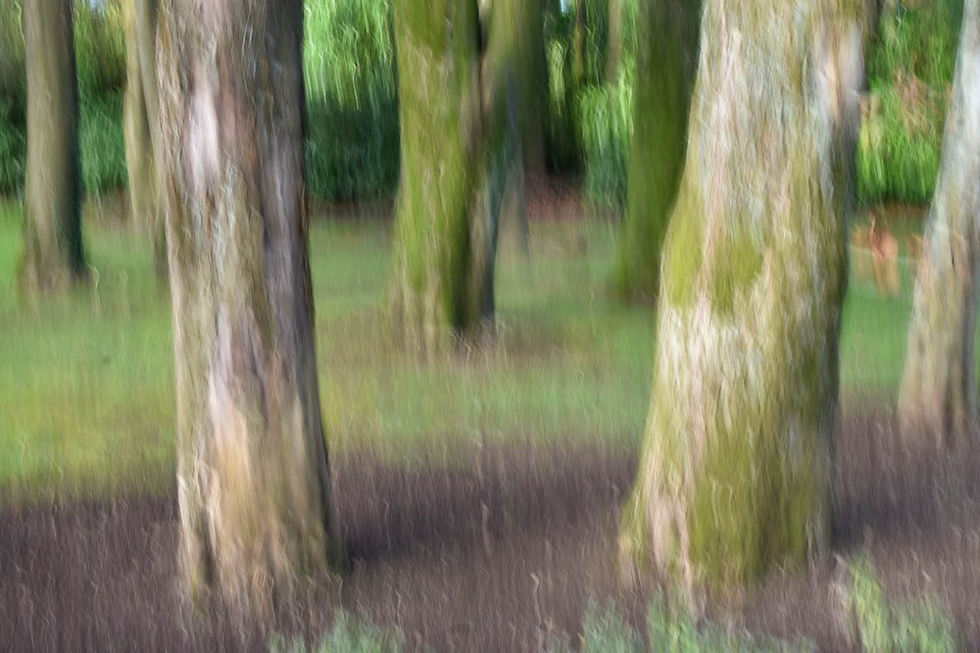Why I think trees make a great photography subject
- WildWillowWays

- Nov 15, 2020
- 3 min read
Updated: Jan 22, 2022
I love trees.
Trees are an essential part of our human existence.
It is true that trees can live without humans, but humans can’t live without trees.
In his book, The Hidden Life of Trees: What They Feel, How They Communicate, author Peter Wohlleben ’draws on groundbreaking scientific discoveries to describe how trees are like human families: tree parents live together with their children, communicate with them, support them as they grow, share nutrients with those who are sick or struggling, and even warn each other of impending dangers.’ https://www.bookdepository.com/author/Peter-Wohlleben.
Although these are lofty claims, they could well be true, and whether they are or not, I love trees and I think they make a fascinating photography subject.
Despite not being a human subject, they are a great example of diversity with their numerous varieties, always growing, changing, adapting to their environment; majestic in their summer fullness, beautiful with their colourful autumn foliage or standing stately in the silent frostiness of winter.
Trees can be a main subject or used to frame another subject in a composition.
Trees can be photographed in twos or threes, in a group of woodland or forest trees, or as lone trees.
Trees can be photographed in full or provide images from their many parts. Branches, leaves, trunk and roots can all give strong subjects for our compositions.

Each tree is as unique as each person and they each create unique photos.
Trees give us a never-ending array of interesting subjects due to the sheer variety of tree species we find, and, alternatively, we can also photograph the same tree from different perspectives and in different conditions.
We can capture a distant tree or trees, adding foreground interest to our shot, we can use our tree as a natural frame to frame our subject or we can use the tree as a sole subject, the central part of our composition.
Here are some tips for photographing trees:
1. Look for a lone tree, they often make a striking image

2. Find trees that stand in threes


3. Photograph a part of a tree as a close-up photograph

4. Use a wide aperture to capture a close-up aspect of a chosen tree, creating a blurry background

5. Frame a scene with a tree


6. Capture tree silhouettes; trees at sunrise or sunset



7. Use any camera, even your smartphone. Each camera and lens choice will give a different result. You can keep going back to the same tree, or trees, with different lenses, at different times of day, in different seasons. Unlike human or animal subjects, trees will wait patiently for your return

8. Use trees as a leading line, particularly on tree lined streets or paths. They can serve to draw the viewer into the frame

9. Shoot from different perspectives:
Shooting high up into the branches will yield beautiful patterns
Shooting low will introduce the amazing detail to be found at the bottom of a tree
We can use a wide-angle lens and give a sense of distance
Filling the frame can focus closely on fine details such as leaf patterns or leaf colour, bark patterns, interesting roots, and so on

Shooting high from below will show us trees in a way we don't normally see them

Trees are everywhere, keep on constant lookout for that great tree photograph!
Autumn Images

Autumn is the most popular time for photographing trees. We can fill the frame with autumn colours, focus on colour as a topic for our images or even create abstract images of autumn foliage


Backlit photos look good during autumn months
Winter images


Winter trees reveal strong shapes and patterns and often produce stark images.
Winter trees also yield high contrast images. Bare branches set against an eye-catching sky create patterns that provide interest in our photographs, as the intricate shapes help the tree to stand out against the sky. In winter we see the tree in a way we don’t see it when it is covered in leaves. Winter trees often make good black and white images because of their strong shape and form

Adding people, buildings or other structures give the image a sense of scale

Including a foreground adds a sense of depth to the image

In this image the trees create a middle layer in the photograph and form a pathway leading our eye to the mountain in the background

A lone tree can break up a long, flat horizon, adding interest and scale. A dark, foreboding sky might add a feeling of isolation to the shot
Further Reading
Wise Trees
Leading landscape photographers Diane Cook and Len Jenshel spent 2 years documenting trees. Their book ‘Wise Trees’ is described as a ‘stunning photography book’ containing more than 50 historical trees. The photographers travelled to fifty nine sites over a period of two years, and they captured images of the world’s most historical and inspirational trees.
They spent about 2 days photographing each tree.
See some more tree images in The Tree Gallery, https://www.wildwillowways.com/post/the-tree-gallery






Comments